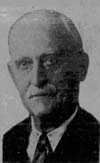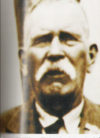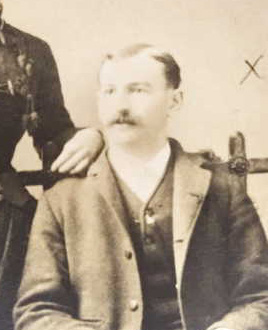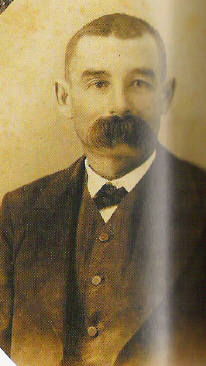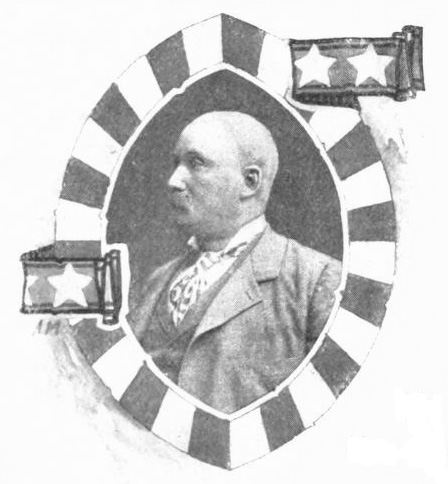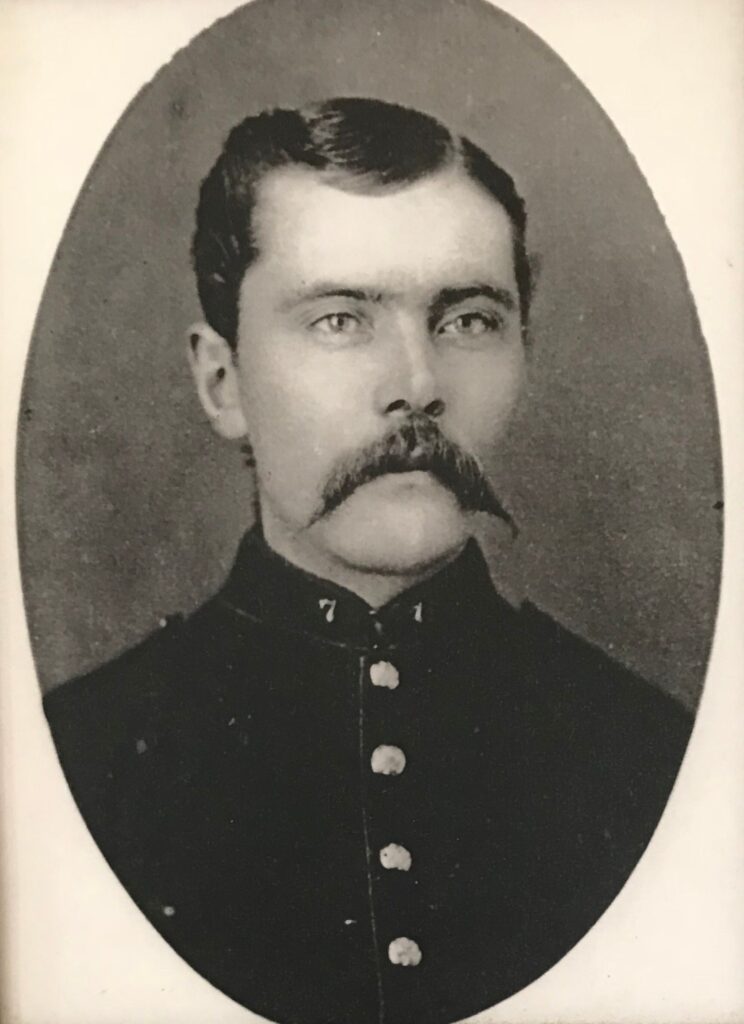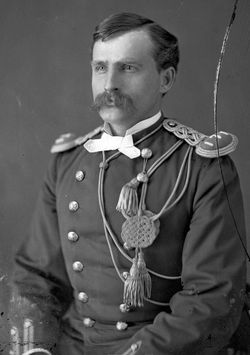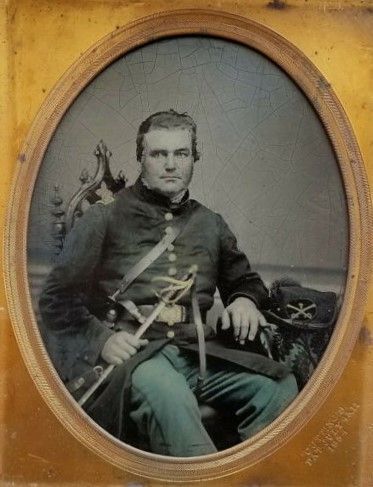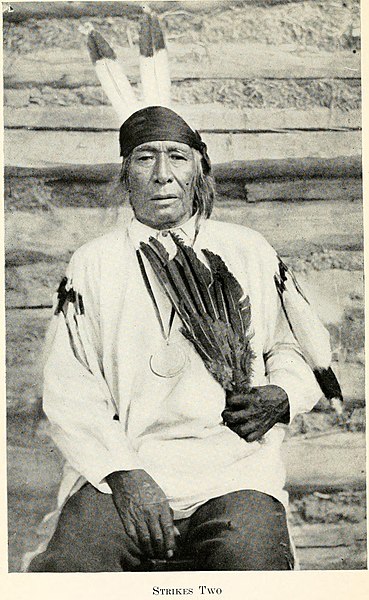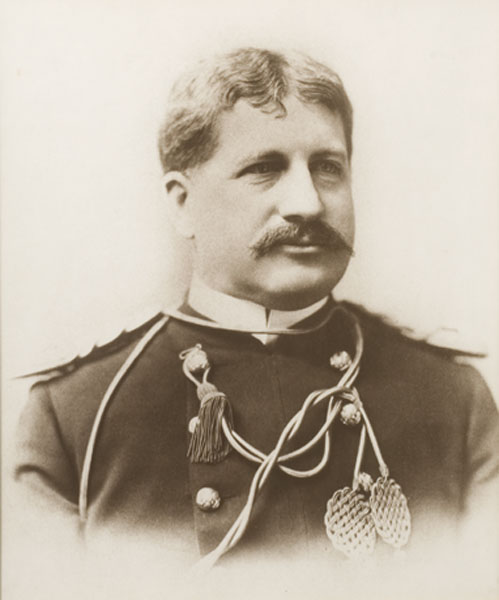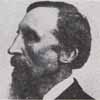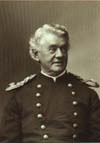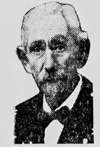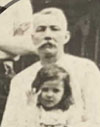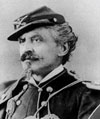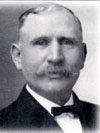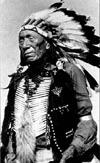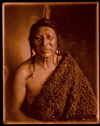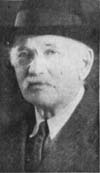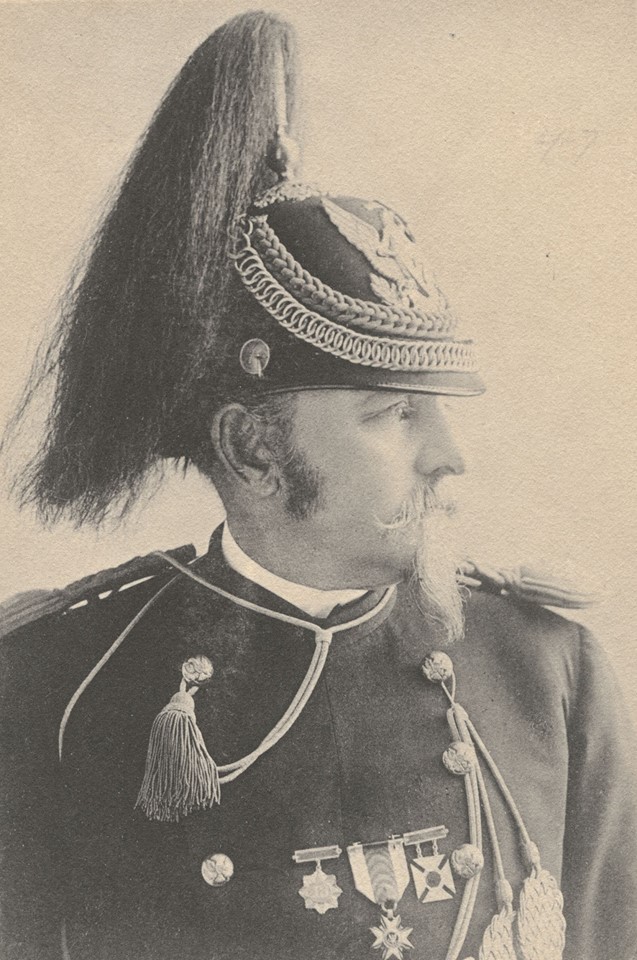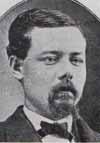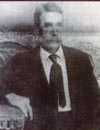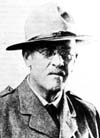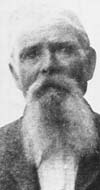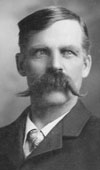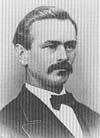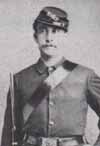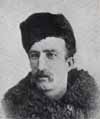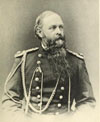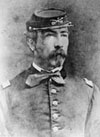James Lawler died on September 18, 1877, at Canyon Creek, Montana Territory. He was a Private in Company H who was not present at the Battle of the Little Bighorn due to detached service at Fort Lincoln, Dakota Territory.
Siegmund Ferdinand Widmayer died in Riverton, New Jersey, on September 18, 1913, and was buried in the Epworth United Methodist Cemetery in Palmyra, New Jersey. He was a Private in Company M who was not present at the battle due to detached service at Powder River, Montana, in charge of a six-mule team.
George W. Glenn, who was also known as George W. Glease, died on September 18, 1914, in Richmond, Virginia, and was buried in the Hampton National Cemetery in Hampton, Virginia. He was a Private in Company H who participated in the hilltop fight.
David McWilliams committed suicide on September 19, 1882, at Fort Meade, South Dakota, and was buried in the Fort Meade National Cemetery. He was a Private in Company H who was not present at the battle due to being shot in his leg while aboard the Far West. See 7th Cavalry Troopers in South Dakota.
George Anderson died of lip cancer in Minneapolis, Minnesota, on September 19, 1912, and was buried the next day in the Minneapolis Pioneers and Soldiers Memorial Cemetery. He was a Private in Company K who was not present at the battle due to detached service as a laborer in the quartermaster department at Fort Lincoln, Dakota Territory.
Alexander Browne Bishop died on September 19, 1935, in Brooklyn, New York, and was buried in The Evergreens Cemetery in Brooklyn, Kings County, New York. He was a Corporal in Company H who was wounded in the hilltop fight.
John A. Bailey was born in Jo Daviess County, Illinois, on September 20, 1847. He was a Saddler with Company B who was with the pack train and participated in the hilltop fight during the battle.
Jacob Horner (left) died of a respiratory infection on September 21, 1951, in Bismarck, North Dakota, and was buried in St. Mary’s Cemetery there. He was a Private in Company K who was not present at the battle due to detached service at Powder River, Montana.
Charles Henry Bischoff was born in Bremen, Germany, on September 23, 1855. He was a Private in Company C who was not present at the battle due to detached service at Powder River, Montana.
Daniel Newell (left) died of gangrene on September 23, 1933, at Hot Springs, South Dakota, and was buried in Bear Butte Cemetery in Sturgis, South Dakota. He was a Private in Company M who participated in the valley fight and was wounded in the hilltop fight. See 7th Cavalry Troopers in South Dakota.
John Zametzer died at the U.S. Soldiers’ Home in Washington, D.C., on September 24, 1877, and was buried in the National Cemetery there. He was a Private in Company M who was not present at the battle due to illness.
John Robert Cooper died on September 24, 1903, in Harris, Iowa, and was buried in the Fairview Cemetery in Ocheyedan, Osceola County, Iowa. He was a Private in Company H who was wounded in the hilltop fight.
George Hose died at Lake Nebagamon, Wisconsin, on September 24, 1924, and was buried in the Lake Nebagamon Cemetery there. He was a Corporal in Company K who participated in the hilltop fight.
